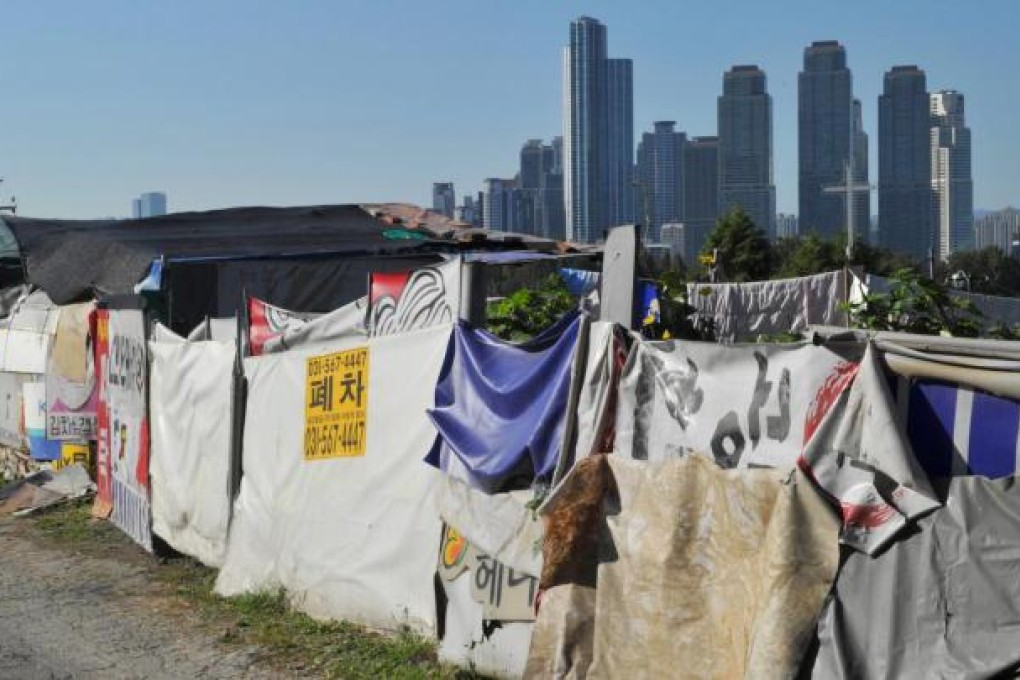Seoul's poverty lingers in the shadows of Gangnam-style prosperity
Worlds apart but right next door, upmarket Seoul district that inspired rapper's viral hit rubs shoulders with a community living in squalor

Shadowed by the high-rises of Gangnam - Seoul's wealthiest district - Kim Bok-ja, 75, pulls her trolley of folded cardboard through a shanty town that sits uncomfortably in one of Asia's most developed cities.
At a local recycling yard, Kim smiles thinly as she counts out the meagre cash return she gets for the load of boxes and packaging she spent all day collecting.
"This is all I can do to survive, probably up until I die, because I live alone with no proper income," she said.
Kim's home is Guryong - a squalid, sprawling slum of plywood and tarpaulin shacks settled in 1988 by squatters evicted from other areas in a push to beautify Seoul as it prepared to host the Olympic Games. Nearly 25 years later, Guryong (which translates as "Nine Dragons") has more than 2,000 residents scrabbling out a subsistence living with Third World poverty levels and little or no proper sanitation.
It's about as far removed as possible from the opulent, glitzy world of neighbouring Gangnam - the upscale district of luxury boutiques and nightclubs made world famous by rapper Psy's viral hit, .
Taxi drivers have difficulty locating Guryong, although it is separated from Gangnam by a six-lane highway and covers an area of 30 hectares.